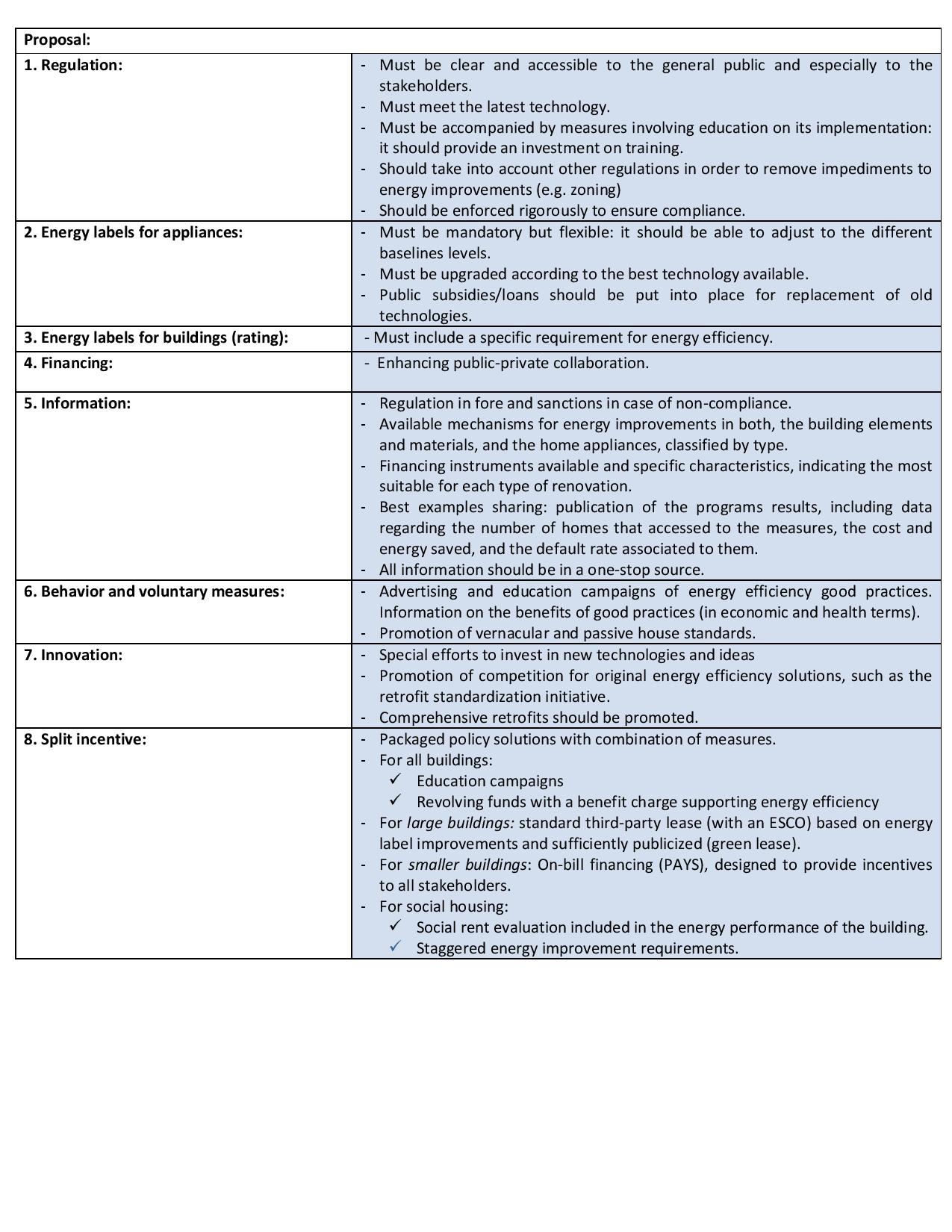The Center for Climate Change Law has completed the Clean Energy Investment US-India Project. The project aimed to ease the path for U.S. investors and solar and other renewable energy equipment manufacturers to access the Indian market. So far, investment in this expanding market has been limited by high transaction costs. Funded by a generous grant by the Sujana Group, directed by Aarthi Anand, and with the assistance of experienced lawyers, bankers and industrial corporations in both the U.S. and India, the project has drafted and made available for free download the suite of documents needed for a corporation to put up a power plant and obtain necessary finance. By preparing these contract templates and making them freely available, the project hopes to have reduced the prohibitive transaction costs that had limited U.S. investment in renewable energy projects in India.
Background to the Project
Investment in Indian clean energy projects can potentially earn high returns for U.S. investors, lower greenhouse gas emissions and decrease production costs for Indian companies. The burgeoning Indian energy market is estimated at $1.1 trillion by McKinsey, with an estimated potential of reducing 2.8-3.6 billion tonnes of GHG, if it can access the needed finance. Of the $1.1 trillion, it is believed that $333 billion are financially attractive projects, in the sense that they have a positive internal rate of return.
Investment Structure Proposed
The Project has developed a Quasi-Project Finance Model for financing clean energy investment in India. The proposed model follows non-recourse finance, along the lines of standard project finance. Lenders will work with an Indian Corporate Sponsor and form a Project Special Purpose Vehicle (“Project SPV”), for financing the captive or independent power project. The details of the proposed structure include:
- The Project SPV: The Lenders will finance the power project through the Project SPV. The Loan Agreement between the lenders and the Project SPV will govern the terms of the loan. This Project SPV will be owned by equity investors, including the Lenders, Corporate Sponsor and/or other private investors.
- Corporate Power Purchase Agreement (“Corporate PPA”): The Project SPV will rely on one or more Power Purchase Agreements between the Project SPV and the Corporate Sponsor in order to provide contractual assurances that the power produced by the project will be purchased by the Corporate Sponsor, thereby generating cash flow to repay the loan.
- Government Power Purchase Agreement (“Government PPA”): Some Corporate Sponsors may have already negotiated orders to supply power to the government. Some state governments have started executing agreements to buy certain amount of power from renewable energy sources at higher prices than applicable for purchase from coal-fired power sources. Such existing supply agreements with governments and demonstrable earnings may assist the financial viability of the project, subject to reviewing the legal terms in these Government PPAs.
- In addition to the Corporate PPA, it will be important for the Corporate Sponsor to demonstrate that the arrangements for a reliable engineering, procurement, construction contractor (to build the plant), operation and maintenance, grid connection (to the state electricity grids) etc. are in place. The grid connection will allow for a Plan B – the ability to sell to someone other than the Corporate Sponsor in case of excess supply or for any other reason and is hence, quite important from a lender’s risk perspective.
New Income Streams
In addition to the income stream from the Corporate PPA, the Clean Energy Investment US-India Partnership Project model will also enable the Lenders to include earnings from green income streams and tax allowances, such as:
- Renewable and energy efficient plants in India can potentially register for and earn carbon credits under the United Nation Clean Development Mechanism (“UNCDM”), created under the Kyoto Protocol.
- If for any reason the power project is not eligible to receive credits from the UNCDM or related bodies, the project could still potentially earn credits under voluntary offset mechanisms or national regimes that the Indian Government has proposed. The Indian Government has proposed a Perform, Achieve, Trade (“PAT”) Scheme for installing more energy efficient technology, and Renewable Energy Certificates (“REC”) for renewable power plants.
- The Indian Government also provides tax benefits for energy efficient and other green power plants, which could be utilized to finance the power project.
Including multiple income streams and assets will reduce the lender’s risk and in turn, the Corporate Sponsor could benefit from better loan terms.
Outcomes – the Project Agreements
The Project has now been completed. More information about the Project is available here, and the contract templates can be downloaded here. Any users of the contract templates should retain their own legal counsel, as the templates are starting points and are not a substitute for project- and client-specific legal advice.



